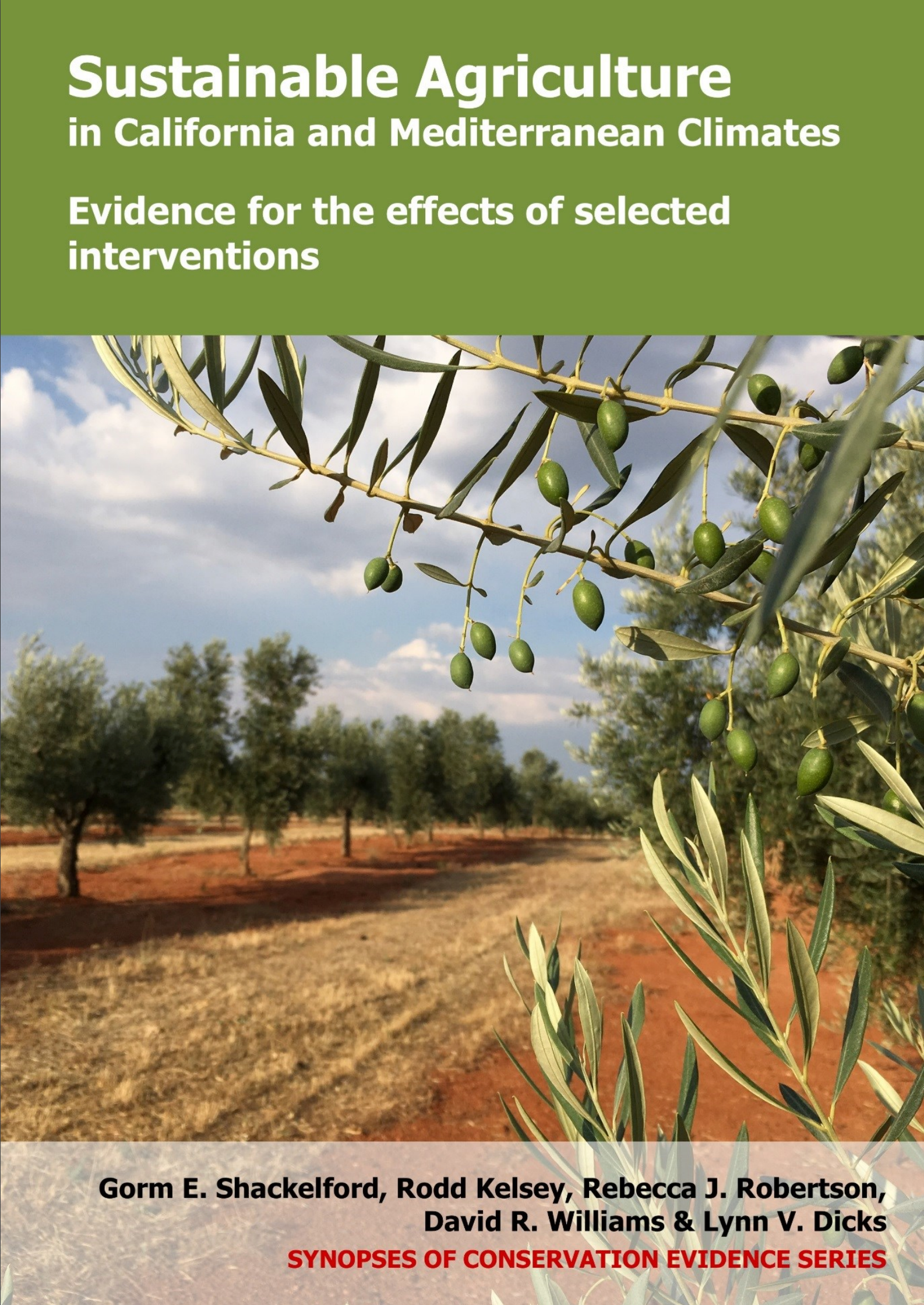Pollination: Use no tillage in arable fields
-
Overall effectiveness category Unknown effectiveness (limited evidence)
-
Number of studies: 1
View assessment score
Hide assessment score
How is the evidence assessed?
-
Effectiveness
70% -
Certainty
10% -
Harms
0%
Study locations
Supporting evidence from individual studies
A replicated, randomized, controlled study in 2012–2013 in an irrigated squash field in the Central Valley, California, USA, found more soil-nesting bees in plots with no tillage, compared to deep tillage. Pollinator numbers: More Peponapis pruinosa squash bees emerged from nests in plots with no tillage, compared to deep tillage (11 vs 8 bees/cage). Methods: In August 2012, bee nests were established in 20 plots (3 x 3 x 1.8 m field cages), each of which contained drip-irrigated squash plants. Deep tillage (disking, ripping, and subsoiling: 41 cm maximum depth) was used on 10 of these plots, in autumn 2012. Emerging bees were collected in blue vane traps (26 May–26 September 2013).
Study and other actions tested
Where has this evidence come from?
List of journals searched by synopsis
All the journals searched for all synopses
This Action forms part of the Action Synopsis:
Mediterranean Farmland
Mediterranean Farmland - Published 2017
Mediterranean Farmland synopsis





)_2023.JPG)














